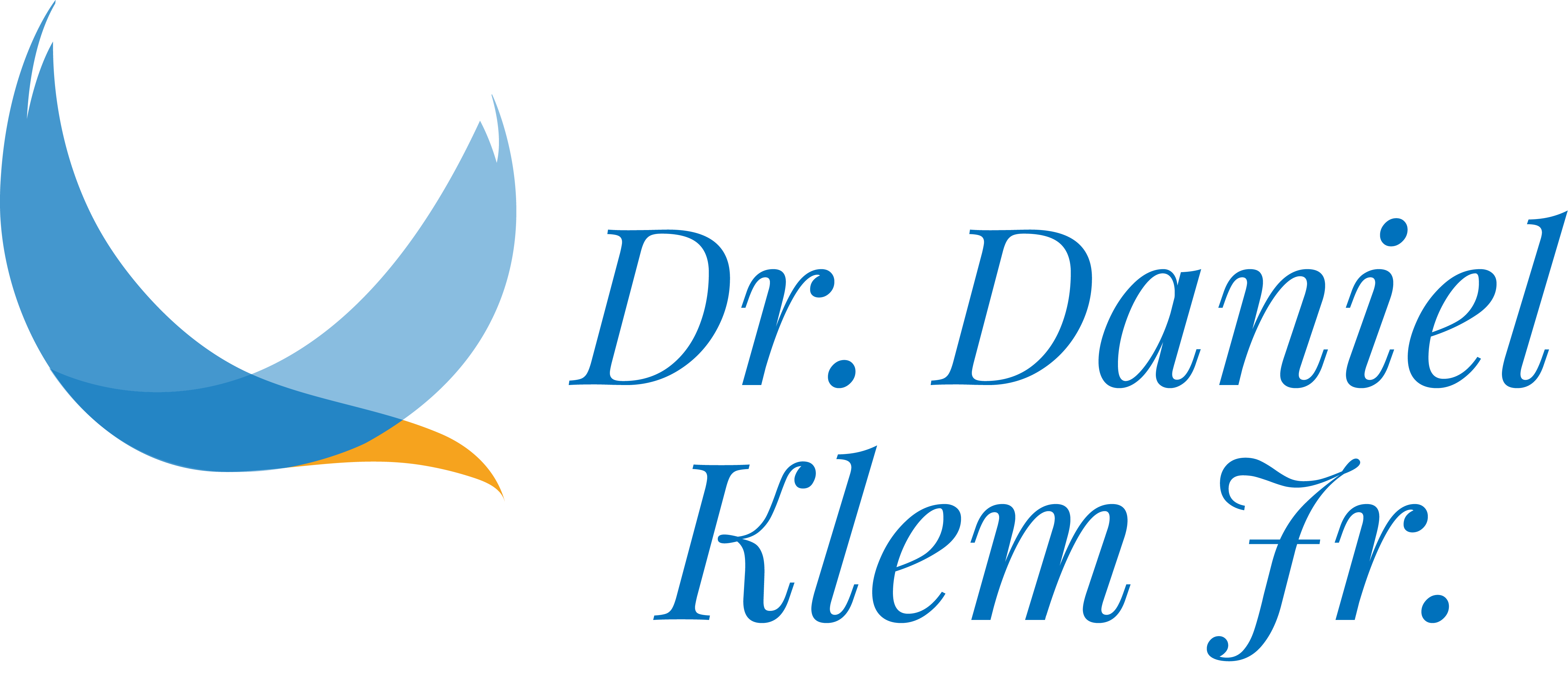Rossler, M., Laube, W., Weihs, P. Avoiding Bird Collisions with Glass Surfaces. Experimental investigations of the efficacy of markings on glass under natural light conditions in Flight Tunnel II, 2009
INTRODUCTION— Collisions with window panes are among the most significant anthropogenic mortality factors of birds (KLEM 1990). Collisions occur in settlement areas, e.g. with glass fronts, as well as in open landscape; for example along road axes (noise barriers) etc. Birds are affected indiscriminately, independent of species, age, or sex. Markings on glass panes are regarded as a way to avoid bird collisions. In order to assess and increase the efficacy of such markings, reliable studies at the interface of planning and bird protection are needed, comprising both the aesthetic demands of affected persons and the requirements of bird protection
The ineffectiveness of adhesive silhouettes of birds of prey has been tested – and confirmed – in several studies (e.g. KLEM 1990, TRYBUS 2003). The effectiveness of UV-reflecting markings, which are invisible to humans but can be perceived by birds, as proposed by BUER & REGNER (2002), was investigated by LEY (2004) and was confirmed in one case under artificial light conditions. At the Biological Station Hohenau-Ringelsdorf (Lower Austria), research is done on markings visible to the human eye, which are considerably more effective (see Ch. 4.4). Experimental investigations have been conducted at the Biological Station Hohenau-Ringelsdorf since 2004, linked to the work of the bird ringing station (Ch. 1.2.1). The experiments at Hohenau are accompanied by a large number of control and repeat trials (Ch. 2.10), which show a very high repeatability of results and enable a reliable differentiation between several markings where this is justified statistically.
In the years 2004 and 2005, the research focused mainly on shape, density, and size of the markings and the amount of area covered by them. To tackle the more complex problem of the effects of light and contrast, a new experimental set-up was necessary. This required the design and construction of a turnable flight tunnel, with lateral mirrors reflecting sunlight onto the experimental panes (Fig. 1).
The project was commissioned by the ASFINAG (the state corporation for financing roads and highways) and the BMVIT (Federal Ministry of Transport, Innovation and Technology). Funding for the experiments from 2004 to 2006 came from the Wiener Umweltanwaltschaft (WUA, Vienna Ombuds-Office for Environmental Protection), complemented by contracts awarded by the City of Vienna (MA 29) and the “Para-Chemie” company.
The exploration of new and the optimisation of effective markings (e.g. minimal percentage cover, smallest object size etc.) will stay an important objective of our experiments also in the future. The fact that in our experiments markings consisting of 2mm wide lines covering just 6.7% of the total area were shown to be effective (Acrylic horizontal), shows that there may be ample scope for reducing the potentially inconvenient conspicuousness of the markings (RÖSSLER 2005).

